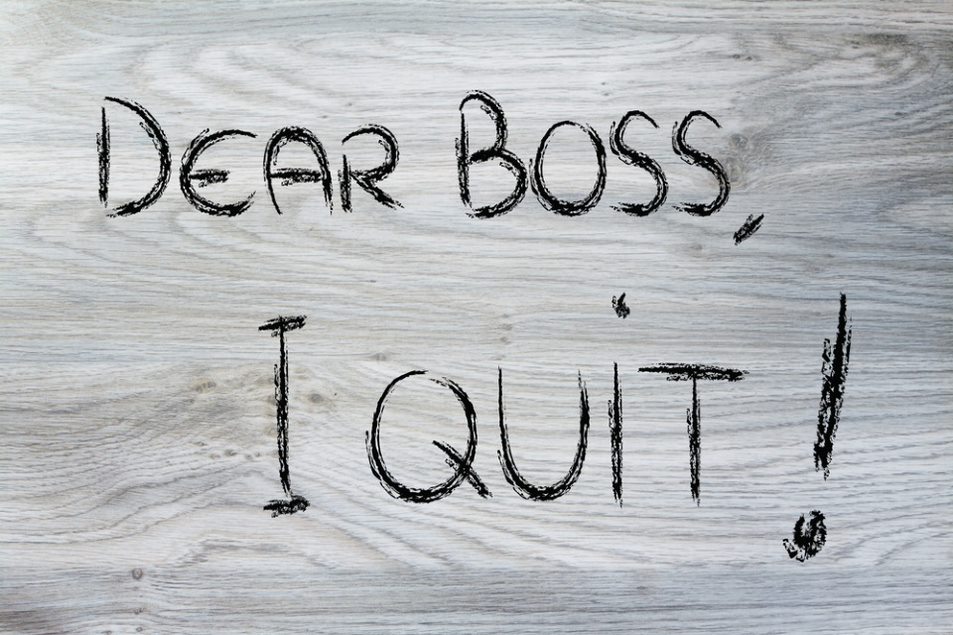
The Revolving Door
Is your business experiencing a higher than average rate of employee turnover? Do you know the high cost of employee turnover? If your company seems to have a revolving door with too many high performing or high potential employees quitting, it is time to review your employee engagement and retention practices.
The High Cost of Employee Turnover
Of the many people functions in an organization, employee turnover is by far the costliest. It harms revenue, profits, customers and morale. While estimates vary by industry and position, figure on a cost of twice the loss of their fully-loaded salary plus the loss of productivity as you recruit, hire, and train replacements. And this doesn’t even consider the loss of key employees who were high performers in critical jobs or on major customer accounts.
Who Is Leaving? And Why?
These questions plague all of us who are in talent management. We need answers to who is leaving and why. We know from decades of our Best Places to Work Employee Engagement Survey data that:
What Does This Mean?
When all is said and done, the most important question to answer is why good employees stay. What we know is that there is one truly effective antidote to the revolving door. It is employee engagement.
When employees are genuinely engaged in their jobs, when they experience high job satisfaction, they are less likely to leave – no matter their tenure, their age, or their job function. And turnover is only one of the benefits to a business with highly engaged employees.
Organizationally, higher levels of employee engagement correlate to 51% less voluntary turnover, 18% greater productivity, and 12% higher customer satisfaction.
What You Can Do
Employers may not be able to control all unwanted turnover. But leaders can, and should, create a healthy workplace culture that supports retention of the best employees while helping less engaged employees move on in a way that makes sense. Find a way to create an environment that supports organizational health and high performance, and you will create a workplace that values and strengthens employee engagement.
The Bottom Line
Employee engagement means employees are advocates, give discretionary effort, and intend to stay. This is good for your people and for your business. Do what you can to engage your employees so you can retain your top talent.
To learn more about how to engage and retain your top talent, download 2 Steps for Every CHRO to Retain Top Performers
Explore real world results for clients like you striving to create higher performance